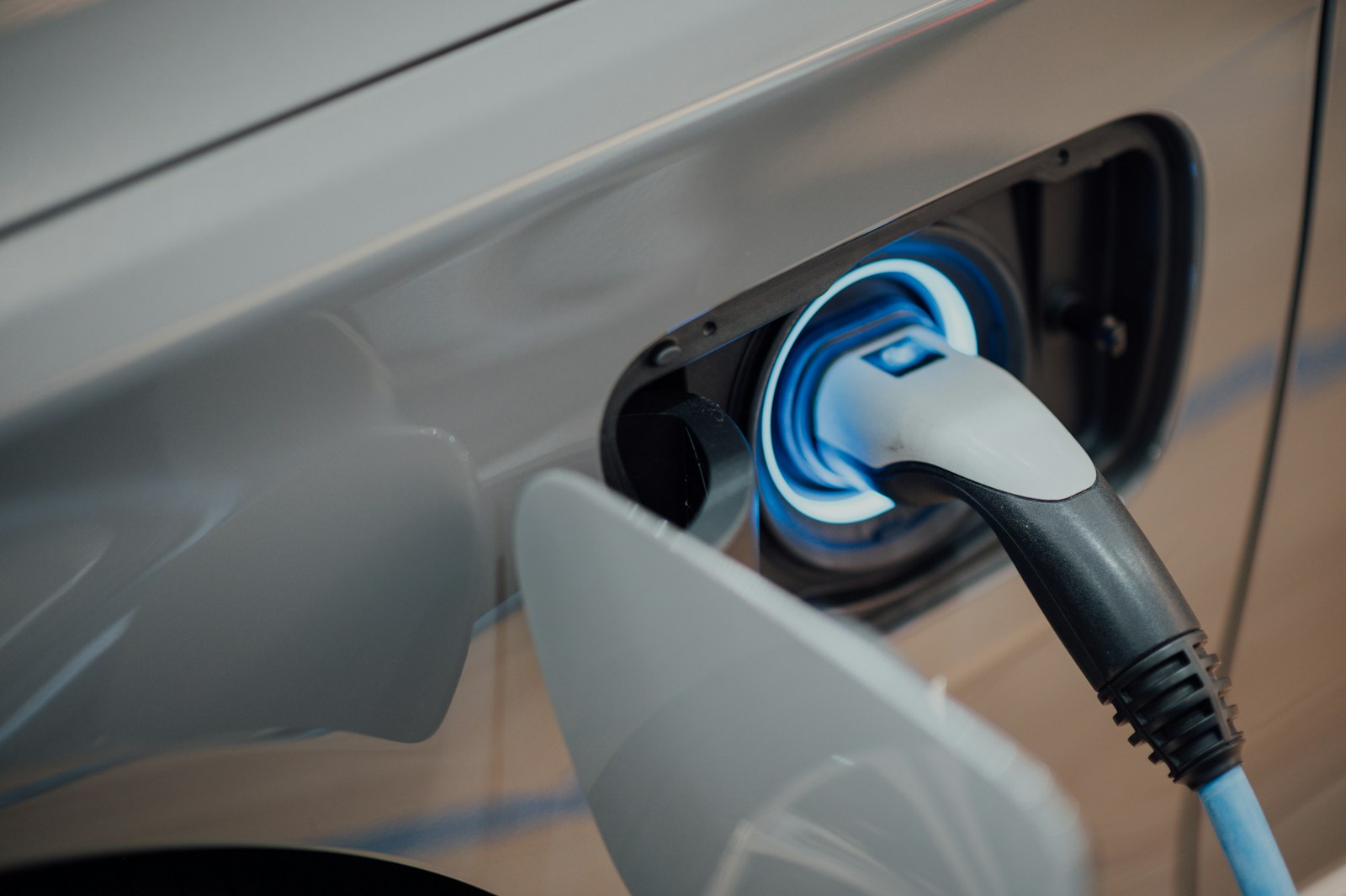Emergence of EV Start-ups in India:Shifting Towards a Green Future

Introduction
India today stands at a historic crossroads in mobility. Fossil-fuel combustion has long been the country’s largest source of transport-sector greenhouse-gas emissions, aggravating urban air-quality crises and deepening dependence on imported crude oil. Electric vehicles (EVs) have emerged as more than a technological alternative: they promise cultural change, economic renewal and policy realignment. At the heart of this transition are start-ups. Unburdened by legacy supply chains, young firms are designing indigenous drivetrains, building charging networks, experimenting with new battery chemistries and accepting risks that established automakers often avoid. Their rise tells a story not only of products and market share but also of regulation, research and the practical challenges of scaling a nascent industry.
Table of Contents
Policy as the Power Source
India’s EV surge is, to a large extent, policy-led. The Faster Adoption and Manufacturing of Hybrid and Electric Vehicles (FAME) scheme, launched in 2015, created incentives for both OEMs and consumers. Its second phase, FAME II, effective from 2019, widened the subsidy base, especially for buses, three-wheelers and two-wheelers. Delhi now pursues the most ambitious target, aiming for 25 % of all new vehicle registrations in 2024 to be electric[1], while Maharashtra, Tamil Nadu and Gujarat offer additional purchase rebates and tax waivers.
Legislative fine-tuning continues. The Motor Vehicles (Amendment) Act 2019 introduced provisions for EV registration, battery leasing and swapping infrastructure[2]. Judicial intervention has also nudged policy: long before EVs became mainstream, the Supreme Court’s orders in M. C. Mehta v. Union of India forced Delhi to confront vehicular pollution[3]. Such converging national and state efforts both empower and test start-ups offering upside through subsidies yet burdening them with an evolving compliance matrix.
Why Start-ups Matter
Unlike incumbent automakers balancing current revenue against future bets, start-ups are born electric. They slot naturally into a reconfigured value chain and iterate rapidly on product–market fit. A few archetypes have already emerged:
- Ola Electric and Ather Energy target individual two-wheeler ownership.
- Yulu focuses on shared micro-mobility.
- Several B2B players build and monetise charging networks.
Strategically, their playbooks turn on three levers:
- Battery-centric innovation: Batteries account for 40% of an EV’s bill of materials. Start-ups pour capital into solid-state R&D, local cathode sourcing and recycling pilots[4].
- Reimagined charging: Trials range from subscription-based fast charging to modular battery swapping and solar-powered rural stations.
- Smart drivetrains: Telematics and IoT connectivity optimise fleet utilisation, predict maintenance and align charging with renewable-rich grid windows.
Research Signals: Opportunity with Danger
NITI Aayog’s 2019 scenario study projected annual EV sales of 10 million by 2030, potentially cutting oil imports by one-third and avoiding almost one gigatonne of CO. Yet multiple barriers remain, perceived charger scarcity, high upfront prices and range anxiety rank highest in consumer surveys[5]. Dependence on imported lithium-ion cells layers geopolitical risk onto supply chains[6]. Pilot responses include battery-leasing models, domestic cell assembly lines and calls for stringent, technology-agnostic recycling norms.
Grey Zones in Law
The EV regulatory landscape is fragmented. Without universal protocols, divergent charging connectors risk interoperability failures. The Bureau of Indian Standards has released draft norms, but enforcement remains weak[7]. Existing e-waste rules only partially cover high-capacity traction batteries, leaving a policy vacuum in end-of-life stewardship[8]. Cyber-security and liability present additional dilemmas: a hacked, self-driven EV involved in an accident implicates the manufacturer, the software vendor and the driver, challenging the scope of the Information Technology Act 2000[9].
Judicial Oversight
Indian courts, long proactive on environmental matters, may soon arbitrate disputes over battery safety, charger failures or algorithmic bias. The Consumer Protection Act 2019 already offers product-liability remedies[10]; how it handles high-tech EV litigation will shape future jurisprudence.
The Investor Angle
Venture capital has flowed rapidly into EV plays, but valuations still hinge on regulatory clarity. Delays in subsidy disbursals, tax ambiguities and safety recalls often trigger down-rounds[11]. ESG-conscious investors also demand transparent sourcing, ethical cobalt procurement and credible battery-disposal roadmaps[12].
Balancing Regulation and Innovation
Policymakers must walk a tightrope between nurturing innovation and safeguarding consumers. Excessive red tape could suffocate fledgling ventures, whereas lax oversight risks public safety failures. Europe’s stringent battery-recycling quotas and carbon-disclosure norms foreshadow similar Indian regulations[13]. Start-ups should therefore embed compliance early, treating regulation as an enabler rather than a hurdle.
What Lies Ahead
India’s EV start-up wave is more than a commercial trend; it represents a chance to re-imagine national mobility. These young firms are not merely designing vehicles—they are shaping policy, influencing consumer psychology and redefining the idea of travel itself. Charging gaps, legal uncertainty and scepticism persist, yet with coherent policy, rigorous research and entrepreneurial agility, Indian EV start-ups can steer the country, and perhaps other emerging economies, towards a greener future.
[1] Government of NCT of Delhi, Delhi Electric Vehicle Policy 2020 (Transport Department Notification, 13 Aug 2020).
[2] Motor Vehicles (Amendment) Act 2019, ss. 2(35A), 56A.
[3] M. C. Mehta v. Union of India (1998) 9 SCC 149.
[4] For example, Log9 Materials’ aluminium-air chemistry pilot, Bengaluru, 2024.
[5] Mordor Intelligence, India Electric Vehicle Market Report (2025).
[6] Ministry of Mines, Critical Mineral Report 2024.
[7] BIS Draft Standard IS 17017-25: Electric Vehicle Conductive Charging System—Part 25, 2023.
[8] E-Waste (Management) Rules 2016, as amended in 2022.
[9] Information Technology Act 2000, s. 43A.
[10] Consumer Protection Act 2019, ss. 83–90.
[11] PitchBook, India EV Deal Tracker Q1 2025.
[12] International Finance Corporation, ESG Guidance for Electric Mobility Investments (2024).
[13] Regulation (EU) 2023/1542 on Batteries and Waste Batteries.
By entering the email address you agree to our Privacy Policy.